These are the 7 primary species of trees that tentree hires locals to plant in Nepal. tentree doesn’t go into new locations and tell people what they should be planting, but rather we ask them what they need and supply them with healthy seeds and new tools (while ensuring we are not bringing in any new invasive species). After talking to the local Nepalese, we narrowed it down to these 7 types of trees that we are now planting in Nepal:
Gum Arabic (Acacia nilotica)
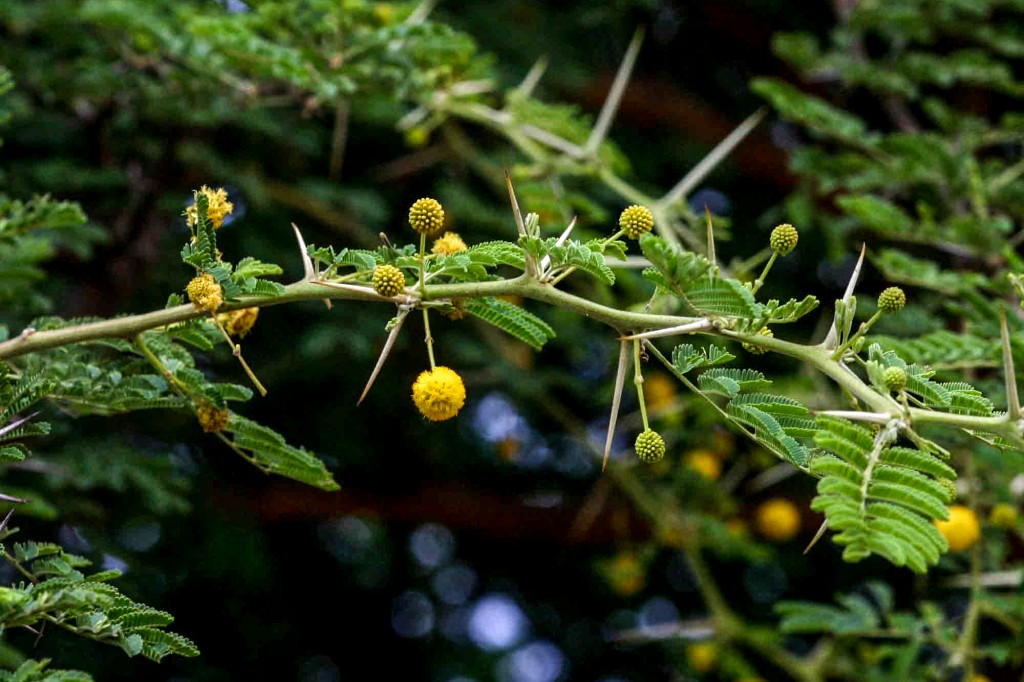 The Acacia nilotica has multiple uses — it restores soil quality, protects areas of land with its spiky branches, and also has some medicinal properties.
The Acacia nilotica has multiple uses — it restores soil quality, protects areas of land with its spiky branches, and also has some medicinal properties.
Persian Silk (Albizia julibrissin)
 The seeds from this tree are used as food for livestock and other wildlife. It is also used for creating shade and cooling areas.
The seeds from this tree are used as food for livestock and other wildlife. It is also used for creating shade and cooling areas.
Kapok Tree (Ceiba pentandra)
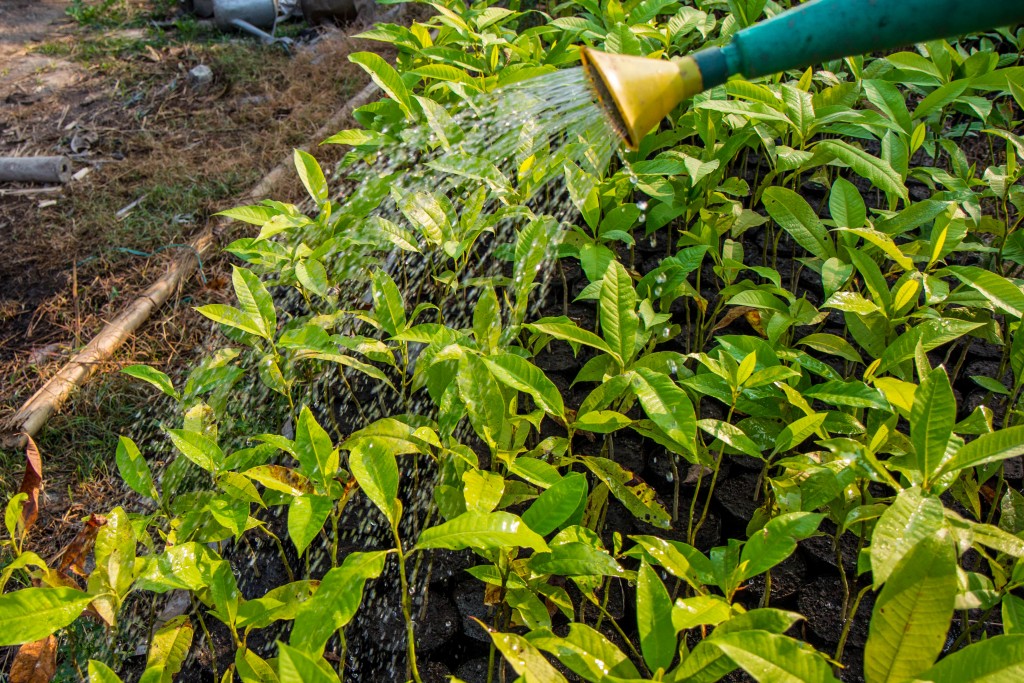 Kapok produces fruit that is edible for people as well as leaves that can be fed to cattle.
Kapok produces fruit that is edible for people as well as leaves that can be fed to cattle.
Silky Oak (Grevillea robusta)
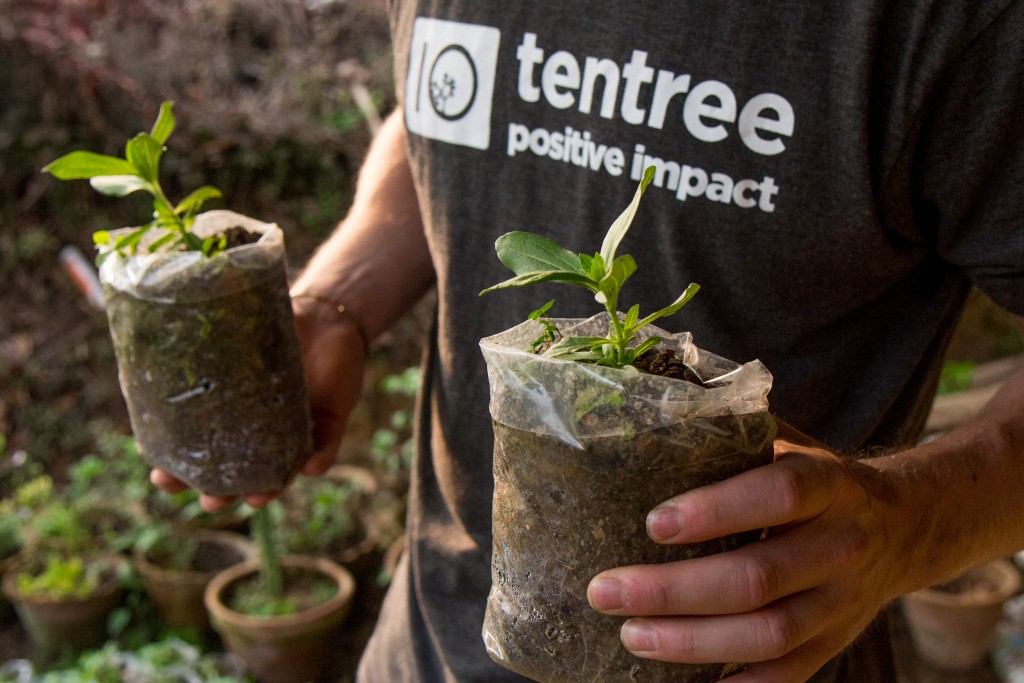 The Silky Oak is a great source of lumber for housing and furniture when harvested sustainable because it is resistant to wood rot.
The Silky Oak is a great source of lumber for housing and furniture when harvested sustainable because it is resistant to wood rot.
Teak (Tectona grandis)
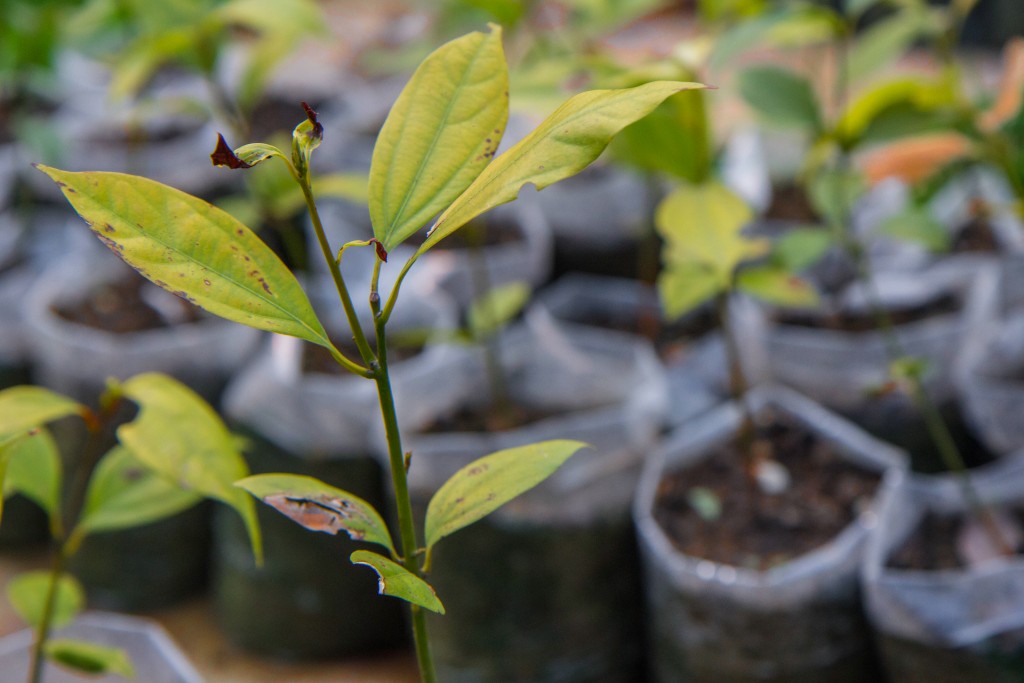 Teak is very common in Nepal. It is a large tree that grows high quality wood used in housing and furniture.
Teak is very common in Nepal. It is a large tree that grows high quality wood used in housing and furniture.
Indian Rosewood (Dalbergia Sissoo)
 This is a great tree that locals can use parts of for fuel wood as well as other parts are used for teeth brushing.
This is a great tree that locals can use parts of for fuel wood as well as other parts are used for teeth brushing.
Kher (Acacia catechu)
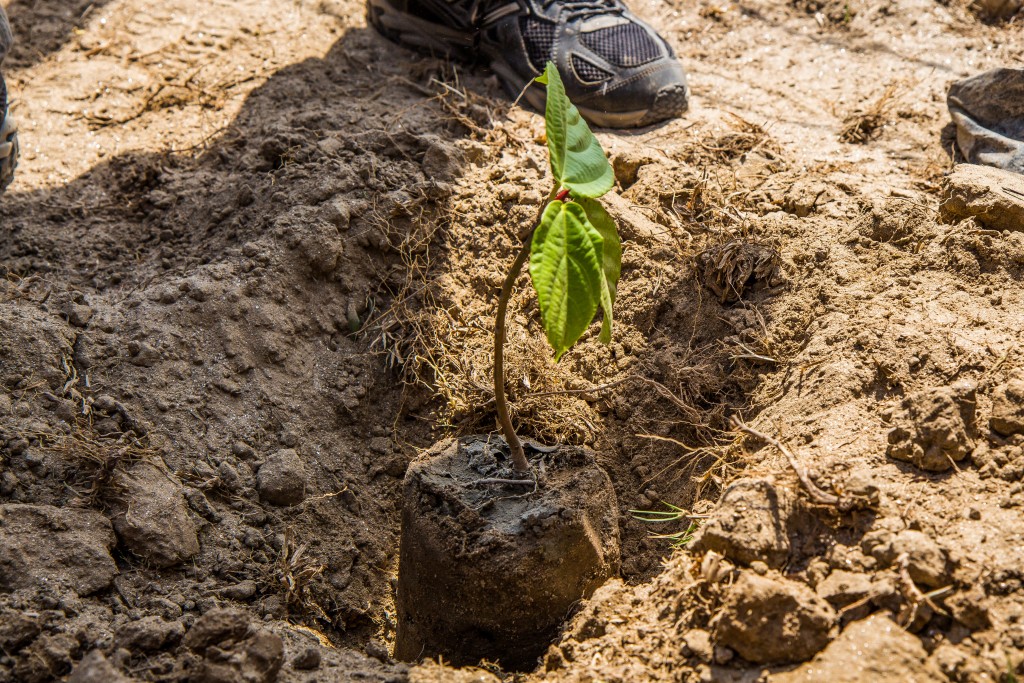 This Acacia is used for food and fodder. The tree’s seeds are a good source of protein.
This Acacia is used for food and fodder. The tree’s seeds are a good source of protein.

